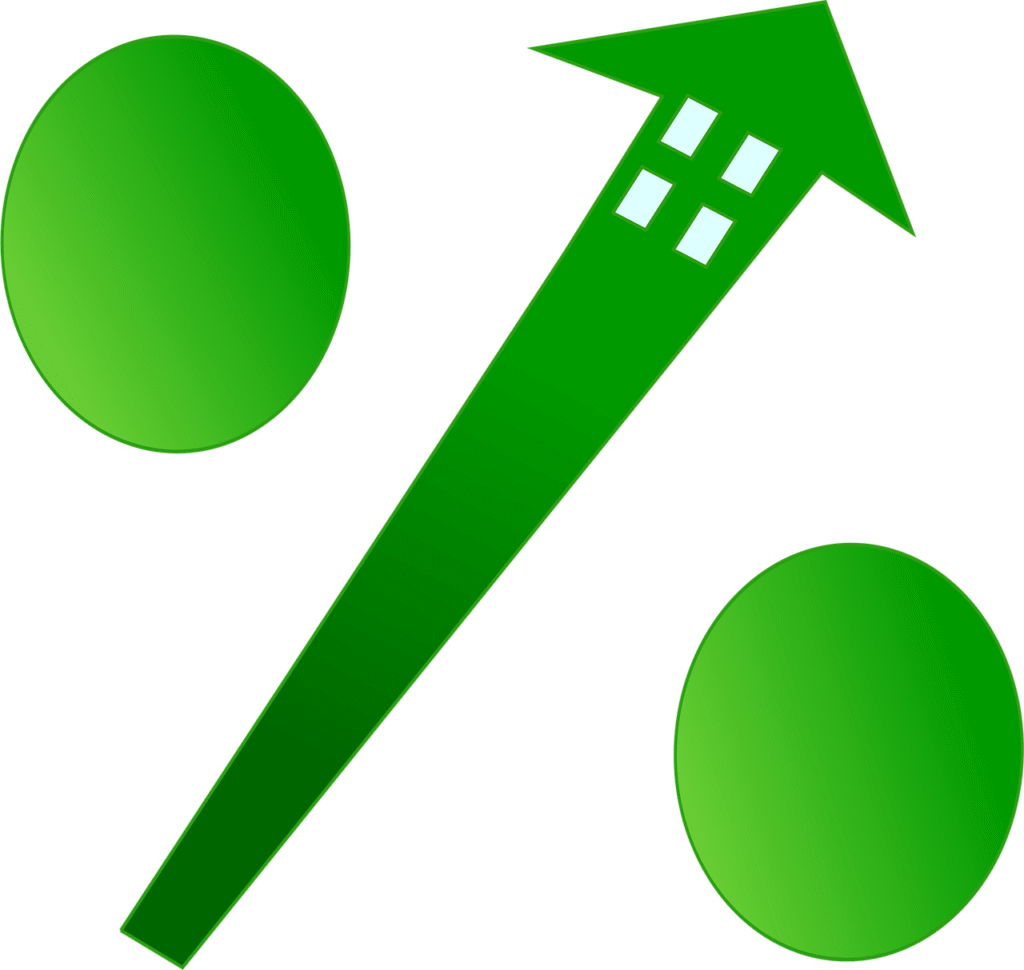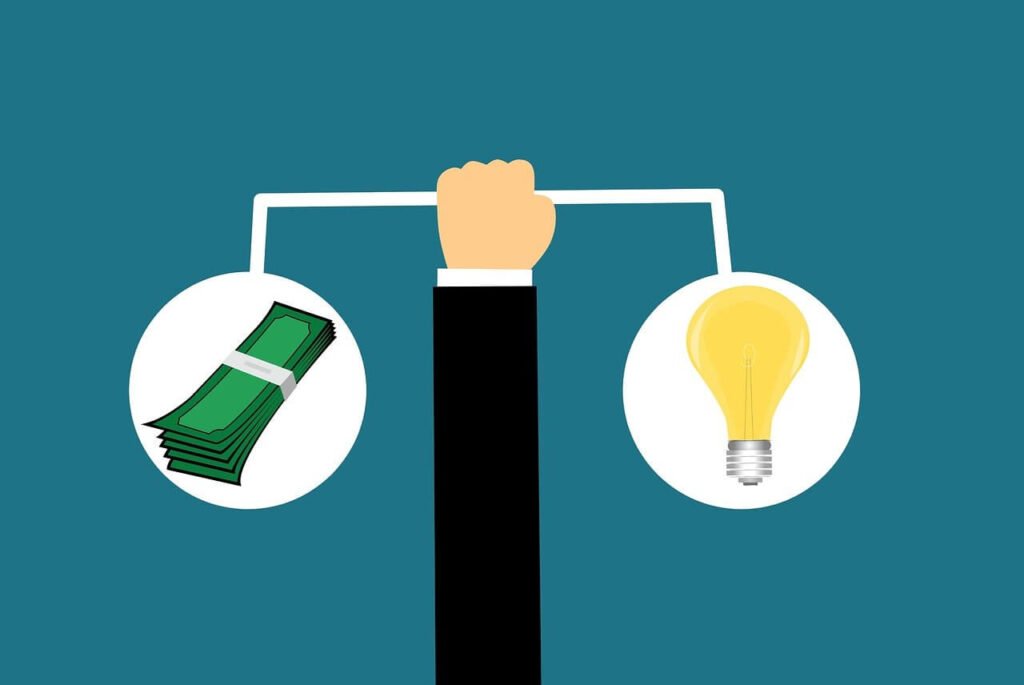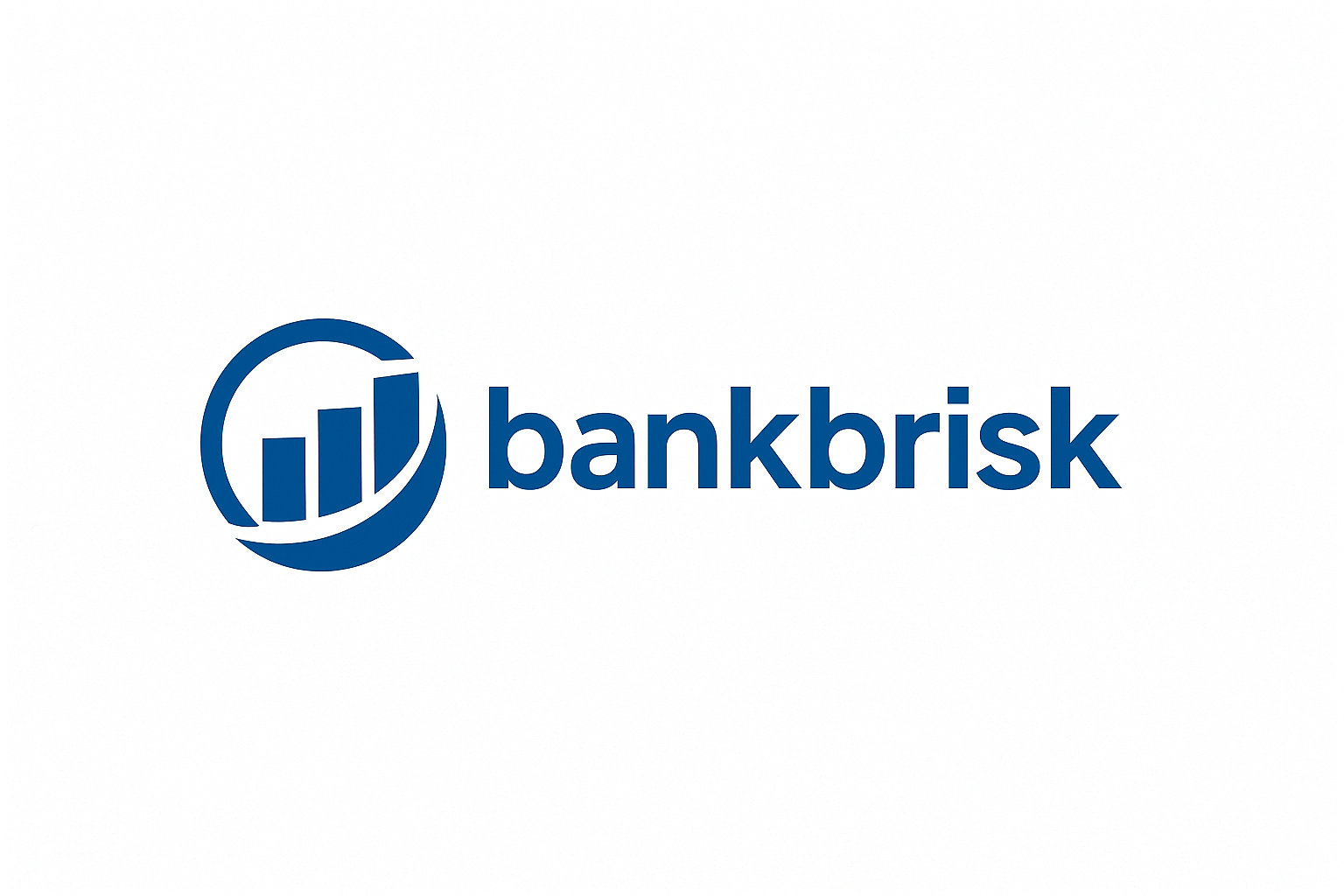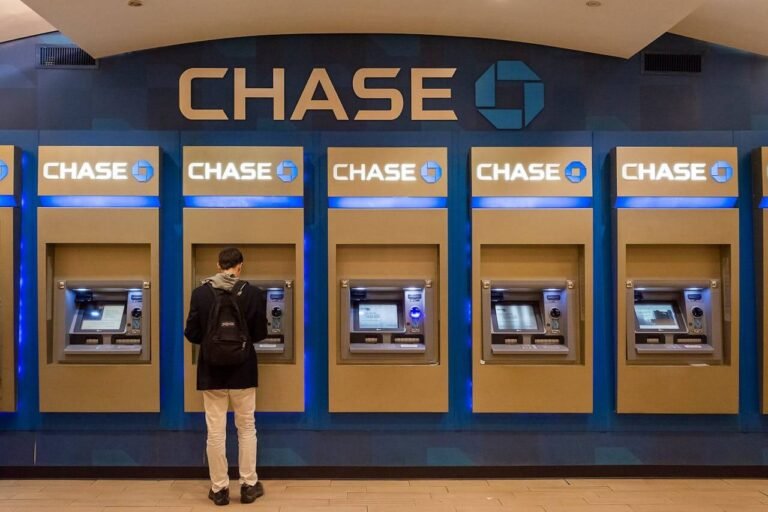The marketplace for high yield savings accounts has become increasingly competitive, with dozens of banks and credit unions vying for your deposits.
While this competition benefits consumers through higher rates and better features, it also makes choosing the right account more challenging. The account that works perfectly for one person’s financial situation might not suit another’s needs.
There is more to choosing the best high yield savings account than just choosing the highest interest rate available. Which account works best for you depends on a number of factors, including your personal preferences, banking practices, and particular financial goals.
Today, I will walk you through the key factors to consider when choosing a high yield savings account that aligns with your objectives.

Defining Your Savings Goals
Before comparing specific accounts, clarify what you’re saving for and when you’ll need the money. Different financial goals benefit from different account features and structures.
Emergency funds require maximum liquidity and accessibility. You need to access these funds quickly during unexpected situations without penalties or delays. Short-term goals like vacation funds or down payment savings benefit from accounts offering slightly restricted access, which can help prevent premature spending.
Long-term goals beyond two or three years might be better served by certificates of deposit or other investment vehicles rather than standard savings accounts.
Matching Account Features to Goals
Once you’ve identified your primary savings objective, you can evaluate which account features matter most. Emergency funds prioritize accessibility and stability over chasing the absolute highest rate. Accounts with no withdrawal limits, fast transfer times, and reliable customer service rank highly for emergency savings.
Related posts:
- How Interest Is Calculated on High Yield Savings Accounts
- High Yield Savings Account vs Money Market Account
Goal-based savings for specific purchases benefit from accounts offering multiple subaccounts or “savings goals” features. Many banks now provide tools to create separate virtual accounts within your main savings, each tagged for different purposes.
This organizational structure helps you track progress toward multiple goals simultaneously without opening separate accounts at different institutions.

Evaluate Interest Rates
Interest rates represent the most visible difference between accounts, but understanding how to compare them properly matters significantly. As of October 2025, top high yield savings accounts offer rates ranging from 4.00% to 5.00% APY, substantially higher than the national average of 0.40%.
Annual Percentage Yield (APY) provides the most accurate comparison metric because it accounts for compounding frequency. Two accounts might advertise similar interest rates, but the one with daily compounding delivers better returns than one with monthly compounding at the same nominal rate.
Rate Stability and History
Current rates tell only part of the story. Research how consistently a bank maintains competitive rates over time. Some institutions attract customers with promotional rates that drop significantly after a few months. Others maintain stable, competitive rates for years.
Review historical rate data if available. Banks that kept rates competitive during both rising and falling rate environments demonstrate commitment to their savings customers. Those that aggressively cut rates at the first sign of Federal Reserve action may not provide the best long-term value, even if their current rate looks attractive.
Understanding Rate Changes
High yield savings accounts feature variable rates that change based on Federal Reserve policy and competitive dynamics. The Federal Reserve reduced its benchmark rate to 4.00%-4.25% at its September 2025 meeting, and additional cuts remain possible. Savings account rates will likely trend lower if further Fed cuts materialize.
Banks adjust rates at their own discretion. No federal regulation requires them to immediately match Fed rate changes. Some institutions lower rates quickly while others maintain rates longer to attract deposits. Understanding this dynamic helps set realistic expectations about future earnings.

Minimum Balance Requirements
Minimum balance requirements vary widely across high yield savings accounts. Some require no minimum balance whatsoever, while others mandate $500, $2,500, or even $10,000 to open or maintain the account.
Accounts with no minimums provide maximum flexibility, especially beneficial for people just starting to save or those with fluctuating balances. You earn the full advertised rate on every dollar from day one without worrying about falling below thresholds.
Tiered Rate Structures
Some accounts implement tiered rates, paying higher APYs on larger balances. For example, an account might pay 4.00% APY on balances up to $25,000 and 4.50% APY on amounts exceeding that threshold. These structures reward larger deposits but penalize smaller savers.
Calculate whether tiered rates actually benefit your situation. If you maintain $10,000 in savings and an account pays 4.25% on your balance versus a competitor paying 4.50% flat on all balances, the flat-rate account delivers better returns despite the competitor’s higher top-tier rate.
Monthly Fees and Hidden Charges
Monthly maintenance fees significantly impact net returns, especially on smaller balances. A $5 monthly fee costs $60 annually, completely eliminating interest earnings on balances below $1,500 at 4% APY.
Most online high yield savings accounts charge no monthly fees, one of their primary advantages over traditional bank savings accounts. However, always verify fee structures before opening any account. Read the fee disclosure documents thoroughly.
Other Potential Fees
Beyond monthly fees, watch for excessive transaction fees, wire transfer charges, paper statement fees, and account closure fees. While these charges might seem minor, they add up over time and reduce your effective return.
Some banks charge fees for exceeding transaction limits, even though federal Regulation D restrictions were suspended. Others impose fees for falling below minimum balances or for using certain transfer methods. Comprehensive fee analysis prevents unpleasant surprises later.
Accessibility and Transfer Speed
How quickly you can access your money matters significantly, especially for emergency funds. Most high yield savings accounts require electronic transfers to linked checking accounts, typically taking one to three business days to complete.
Same-day ACH transfers have become more common, with some banks offering this option for moving money on urgent timelines. Evaluate whether your potential savings account provides expedited transfer options and any associated costs.
Multiple Funding Options
The best accounts offer various methods for depositing and withdrawing money. Standard ACH transfers work for routine transactions, but mobile check deposit, wire transfers, and potential ATM access provide additional flexibility for special circumstances.
Some high yield savings accounts partner with ATM networks, providing debit cards for direct withdrawals. While this convenience appeals to some savers, others prefer the forced delay of transfers as a safeguard against impulsive withdrawals from savings.
Digital Banking Features
Since most high yield savings accounts come from online banks, the quality of digital banking tools directly impacts your experience. Evaluate mobile apps, web interfaces, and available features before committing.
Well-designed mobile apps let you check balances, initiate transfers, deposit checks, and track savings goals easily. Look for apps with high ratings in app stores and positive reviews mentioning reliability and ease of use. Buggy or poorly designed apps turn routine banking into frustrating exercises.
Goal Tracking and Automation
Advanced digital features can significantly boost your savings success. Automatic transfer scheduling moves money from checking to savings on a set schedule without requiring manual action. This “set it and forget it” approach ensures consistent savings contributions.
Round-up programs automatically transfer the difference between purchase amounts and the next dollar from checking to savings. Spending $4.75 on coffee triggers a $0.25 transfer to savings. These micro-savings accumulate surprisingly quickly over time.
Calculate Your Potential Returns
Understanding what you can realistically earn helps set appropriate expectations and compare accounts effectively. Tools like a high yield savings account calculator let you project earnings based on your initial deposit, monthly contributions, interest rate, and time period.
Run scenarios comparing different accounts’ rates and fee structures. A 0.25% difference in APY might seem insignificant, but over years with consistent deposits, it compounds into substantial differences. Similarly, a small monthly fee dramatically impacts net returns on modest balances.
Compound Interest Impact
High yield accounts with daily compounding maximize growth. Interest earned each day gets added to your principal, earning additional interest the next day. This compound effect accelerates growth compared to simple interest calculations.
A $10,000 deposit earning 4.50% APY with daily compounding grows to $10,460 after one year. The same deposit earning 4.00% APY reaches $10,408. The $52 difference represents genuine purchasing power lost to a lower rate.
Customer Service Quality
Reliable customer service prevents minor issues from becoming major headaches. Since online banks lack physical branches, telephone, chat, and email support become your primary assistance channels.
Research customer service availability before opening an account. The best banks offer extended hours or 24/7 support through multiple channels. Read reviews specifically mentioning customer service experiences—frequent complaints about long wait times, unhelpful representatives, or difficulty resolving issues indicate potential frustration ahead.
Resolution Processes
Investigate how banks handle problems. Clear dispute resolution processes, responsive support teams, and fair policies for addressing errors all contribute to positive banking relationships. Banks that make resolving issues difficult create stress and waste your time.
Some institutions provide dedicated phone numbers for existing customers, bypassing general inquiry lines. Others offer secure messaging through their apps for non-urgent questions. Robust self-service tools and comprehensive FAQs reduce the need for contacting support at all.
FDIC Insurance Verification
All legitimate high yield savings accounts at banks provide FDIC insurance protecting deposits up to $250,000 per depositor, per institution. Credit union accounts offer equivalent NCUA insurance. Never open an account without verifying this coverage.
Use the FDIC’s BankFind tool or NCUA’s credit union locator to confirm your prospective bank carries federal insurance. This verification takes two minutes and ensures your money stays protected even if the institution fails.
Coverage Limits and Strategies
If you’re saving more than $250,000, develop strategies to ensure full coverage. Opening accounts at multiple banks provides separate coverage limits at each institution. Joint accounts receive separate coverage from individual accounts at the same bank.
Different ownership categories—individual, joint, retirement accounts, trust accounts—each receive separate $250,000 limits. Strategic account structuring can protect millions of dollars through proper use of these categories across multiple institutions.
Bank Reputation and Stability
While FDIC insurance protects your principal, banking with stable, reputable institutions prevents headaches. Banks with strong financial ratings, long operating histories, and positive customer sentiment provide peace of mind beyond insurance coverage.
Research potential banks thoroughly. Review financial strength ratings from agencies like Fitch, Moody’s, or Standard & Poor’s. Read customer reviews on independent platforms. Check complaint records with the Consumer Financial Protection Bureau. This due diligence reveals potential red flags before you commit your money.
New Banks vs Established Institutions
Newer online banks often offer the highest rates as they aggressively grow their customer base. While many are legitimate and well-capitalized, extra scrutiny makes sense. Verify their FDIC insurance, research their parent companies, and confirm they maintain adequate capital ratios.
Established banks with decades of history might pay slightly lower rates but offer proven track records. Neither option is inherently superior—your comfort level and specific needs determine the right balance between chasing maximum rates and prioritizing institutional stability.
Account Opening Requirements
The prerequisites for opening an account differ from bank to bank. Most of them need you to have a valid taxpayer identification number or Social Security number, be at least 18, and give a physical address in the United States. While some banks exclusively allow only U.S. citizens to open accounts, others welcome clients from other countries.
Initial deposit requirements range from $0 to several thousand dollars. Accounts requiring substantial opening deposits might offer slightly higher rates or additional perks, but they exclude people just starting their savings journey or those who want to test an account before committing significant funds.
Application Process Complexity
Online application processes vary from simple 10-minute procedures to more complex processes requiring extensive documentation. Instant verification systems that connect to your existing bank accounts speed the process considerably compared to manual verification requiring micro-deposit confirmation over several days.
Evaluate whether the application process fits your situation. If you need to start saving immediately, banks offering instant verification and same-day account activation serve you better than those requiring week-long approval processes.
Special Features and Perks
Some high yield savings accounts distinguish themselves through unique features beyond basic interest rates and fee structures. Sign-up bonuses provide immediate value—$100 to $300 for meeting deposit and balance requirements. However, ensure you can genuinely meet these requirements without straining your finances.
Relationship perks appeal to customers who concentrate their banking at one institution. Rate boosts for maintaining checking accounts, discounted loan rates, or fee waivers on other products add value beyond the savings account itself. Calculate whether these benefits actually improve your overall financial situation or just create complexity.
Integration with Other Financial Tools
Accounts that integrate smoothly with budgeting apps, financial planning software, or investment platforms simplify money management. Automatic data synchronization eliminates manual entry, providing clearer pictures of your complete financial situation.
Some banks offer built-in budgeting tools, spending analysis, or financial planning features. While these shouldn’t be primary decision factors, they provide added value if you’d otherwise pay for separate financial management tools.
Make Your Final Decision
After evaluating all factors, narrow choices to two or three accounts that best match your needs. Create a simple comparison chart listing the features most important to your situation: APY, fees, minimums, accessibility, customer service hours, and special features.
Prioritize factors based on your goals. Emergency fund savers might rank accessibility and customer service above earning an extra 0.10% APY. Those saving for known future expenses might prioritize organizational tools and automated savings features. Long-term savers focused on maximizing returns might accept some inconvenience for materially higher rates.
Test Before Committing Fully
Consider opening your chosen account with a small initial deposit to test the experience before moving your entire savings. Evaluate the mobile app, initiate test transfers, contact customer service with a simple question, and generally familiarize yourself with the bank’s systems.
This trial period reveals any deal-breakers you didn’t identify during research. If the experience meets or exceeds expectations, proceed with confidence. If you discover significant issues, you can close the account with minimal hassle and select an alternative without risking your entire savings balance.
Regular Reviews and Adjustments
Choosing the best high yield savings account isn’t a one-time decision. Banks adjust rates, change policies, and modify features over time. Competitors enter the market with better offerings. Your financial situation and goals evolve.
Review your savings account situation at least annually. Compare your current rate against market leaders. Assess whether your bank’s service quality has improved or declined. Evaluate if your account still matches your financial goals and needs.
Switching banks involves some inconvenience, but don’t let inertia trap you in inferior accounts. If another institution offers materially better terms and your current bank won’t match them, moving your money often makes financial sense. The few hours invested in switching can translate into hundreds or thousands of dollars in additional earnings over time.




